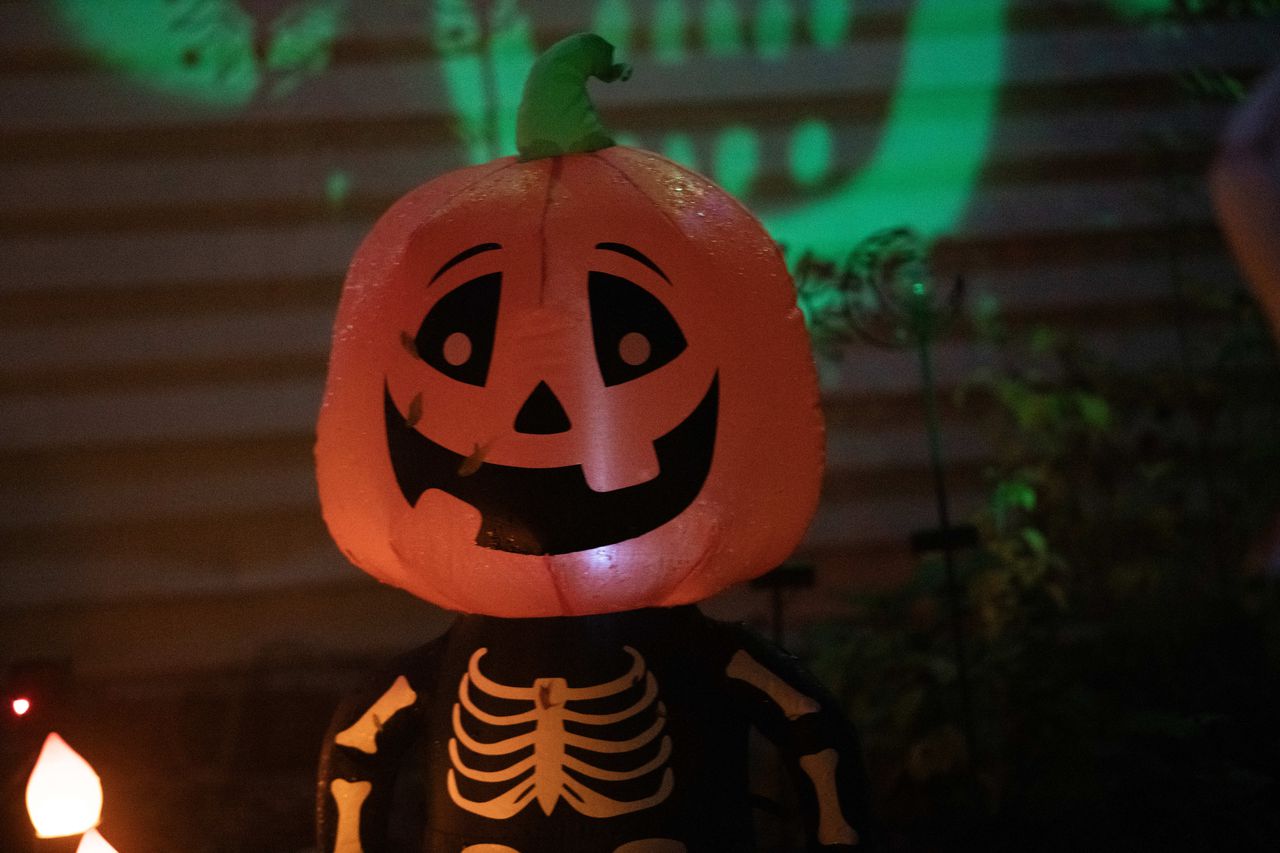Halloween 2023: Why do we say âtrick-or-treat?â Why is it on Oct. 31? Holiday history
Halloween is big business.
According to the National Retail Foundation, Americans are expected to spend a record $12.2 billion on Halloween this year, topping last year’s $10.5 billion. Setting another record, 73% of people said they will participate in holiday activities, an increase of 4% over last year.
But long before the spookiest of holidays became big business, it was a Pagan holiday meant to honor the deceased. And from those celebrations we get the most famous Halloween tradition of saying “trick or treat” as we make the candy-gathering rounds from house to house.
According to History.com, Halloween traces its roots to the pre-Christian Celtic festival of Samhain, which was celebrated on the night of Oct. 31. The ancient Celts believed the dead returned to earth on Samhain and would celebrate with bonfires and other practices to honor the deceased. Some celebrations involved people dressing up in costumes, often choosing ghosts and demons to act out the parts.
The early Christian church wasn’t a fan of the pagan celebration and looked to replace it with its own event, designating Nov. 1 as All Hallows Day or All Saints Day, a time to honor Catholic Saints. The day was celebrated in much the same way, however, with bonfires and masquerades. People would also visit neighbors and receive “treats” in exchange for praying for the souls of their loved ones. In return, the visitors would often tell a joke or perform an act as a “trick.”
Early Colonists – many of whom were religious Puritans – didn’t celebrate Halloween. Irish immigrants coming to America in the 1840s helped popularize the tradition and it soon spread throughout the U.S. Early celebrations included fireworks, ghost stories and general mischief-making. The Irish also brought the tradition of Jack O’ Lanterns, and carved pumpkin (although they used turnips in Europe) as a way to fend off evil spirits.
The American celebration became intertwined with the English tradition of “guising” when the poor would go around asking for money and before long, young people – and pranksters – were traveling door-to-door in search of treats.
The earliest known use of the words “trick or treat” occurred in 1934 when a Portland, Oregon newspaper ran an article about how local youth had pulled numerous Halloween pranks. The phrase eventually showed up on greeting cards and by the 1940s was in general use on the holiday.
Spooky towns
The U.S. Census Bureau has shared some of the “spookiest” sounding towns in America:
- Casper, Wyo. (2022 population: 58,543)
- Devils Lake, N.D. (2022 population: 7,161)
- Deadwood City, S.D. (2022 population: 1,245)
- Kill Devil Hills, N.C. (2022 population: 7,797)
- Scarville, Iowa (2022 population: 77)
- Seven Devils Town, N.C. (2022 population: 319)
- Slaughter Beach, Del. (2022 population: 234)
- Slaughter Town, La. (2022 population: 1,001)
- Slaughters City, Ky. (2022 population: 187)
- Sleepy Hollow, Ill. (2022 population: 3,147)
- Sleepy Hollow, N.Y. (2022 population: 11,001)
- Tombstone, Ariz. (2022 population: 1,313)
- Transylvania County, N.C. (2022 population: 33,355)
- Truth or Consequences, N.M. (2022 population: 5,977)
- Yellville, Ark. (2022 population: 1,170)
